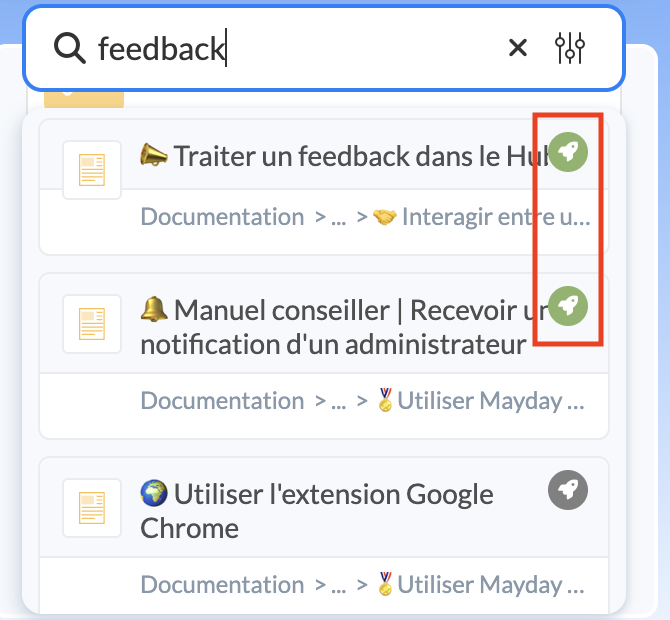Discover in this article how to search for content as an advisor within the knowledge base.
Content search consists of finding an article or diagnosis present in the knowledge base.
Two ways exist to search for content in the knowledge base:
Navigate within collections: simply click on the parent and sub-collections related to the topic you are looking for, to access the content that interests you.
Type a keyword in the search bar: this method is the fastest way to access knowledge, especially when you don't know what content to look for or where it is located.
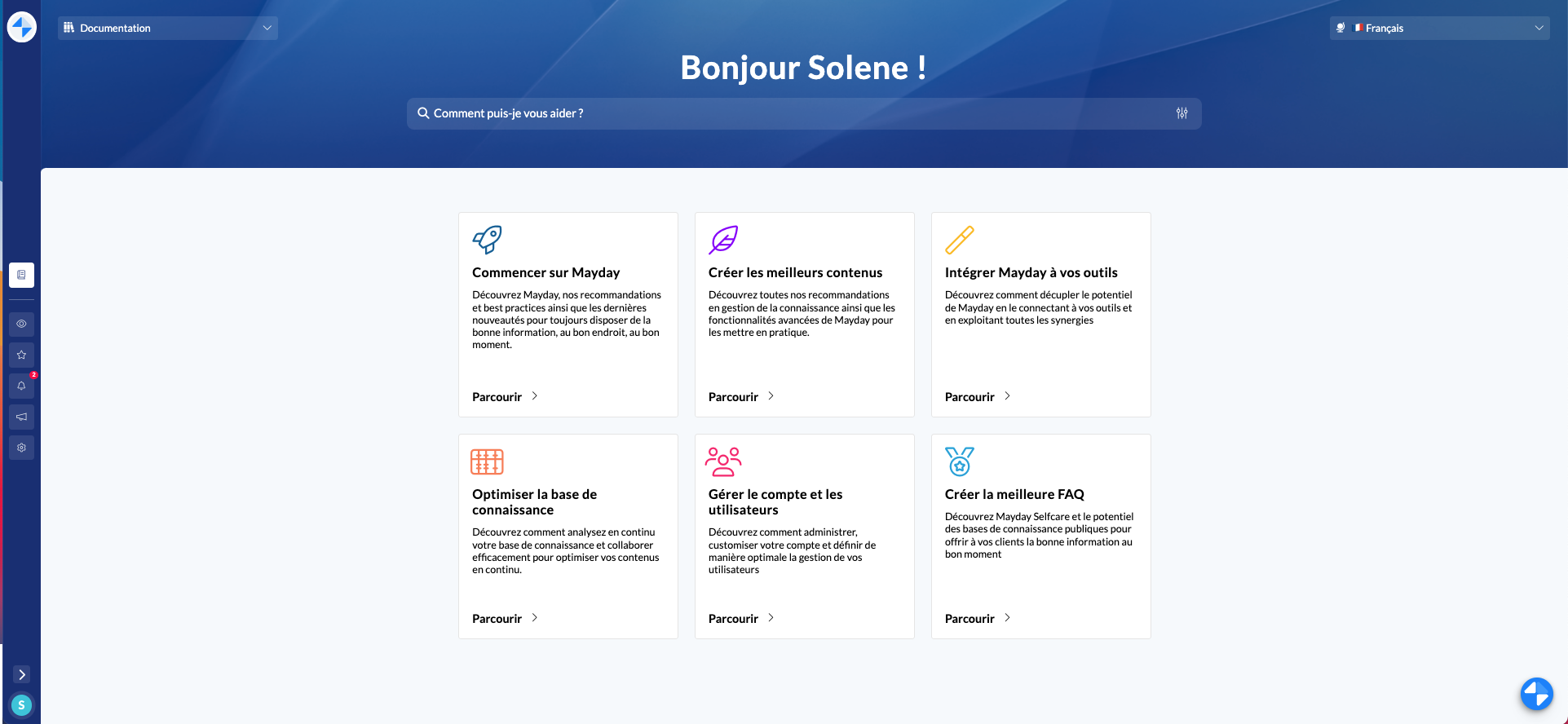
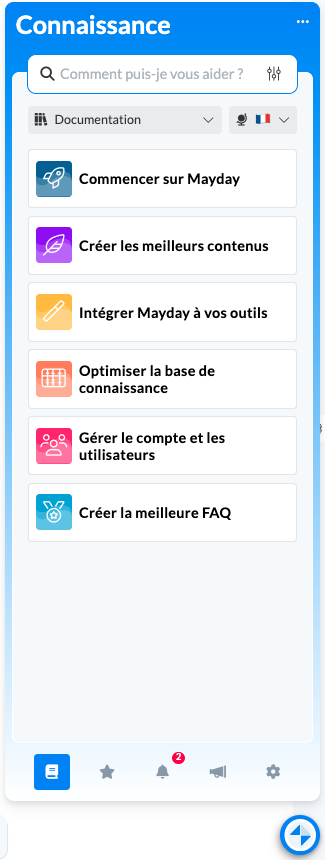
🎯 Use case
Quickly find specific content within your knowledge base.
Refine your search using the proposed filters.
🔍 The search engine
The search engine will allow, using keywords, to create a match with the content present in your knowledge base.
This match is made based on the terms present in the title and in the body of the content itself.
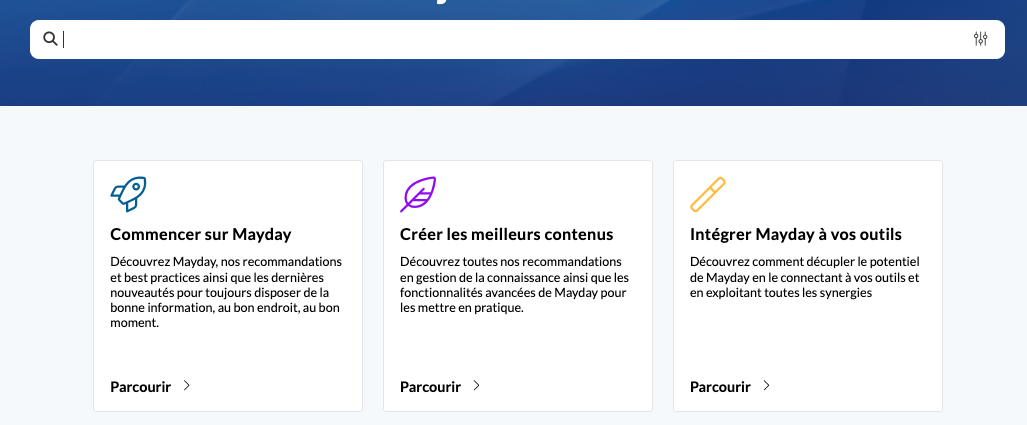
The search engine also indexes the contents of PDF files. Thus, you can search for keywords present within PDFs.
Therefore, all articles/diagnoses related to the entered keyword(s) will be displayed.
The search engine does not work on the content of an Mp4, PNG, or JPEG file but only on its name.
Here are examples of results following the entry of a keyword in the search engine:
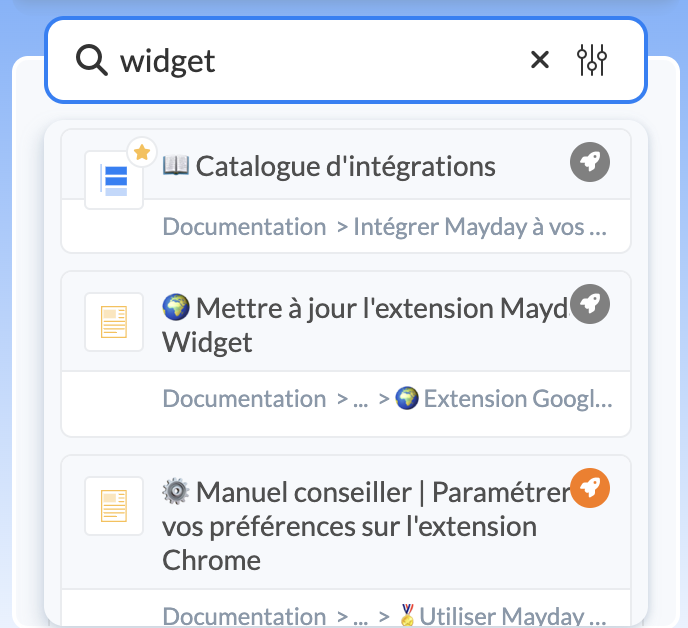
🎛 Search filters
The search filter allows you to refine the suggested results in the search bar and to perform a search according to the following criteria:
Type of content (article or diagnosis);
Content labels associated with articles and diagnoses.
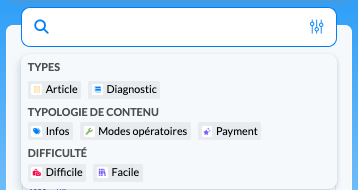
When selecting multiple labels, the search engine will display either all content that meets at least one of the selected labels (logic in "OR"), or all content that includes both labels (logic in "AND"), depending on the preferences configured by the administrators.
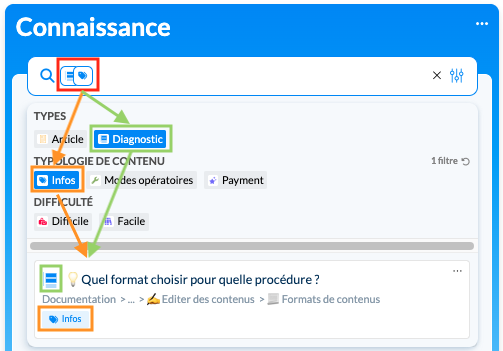
The "current collection only" filter allows, when in a collection, to search only for content in that collection.
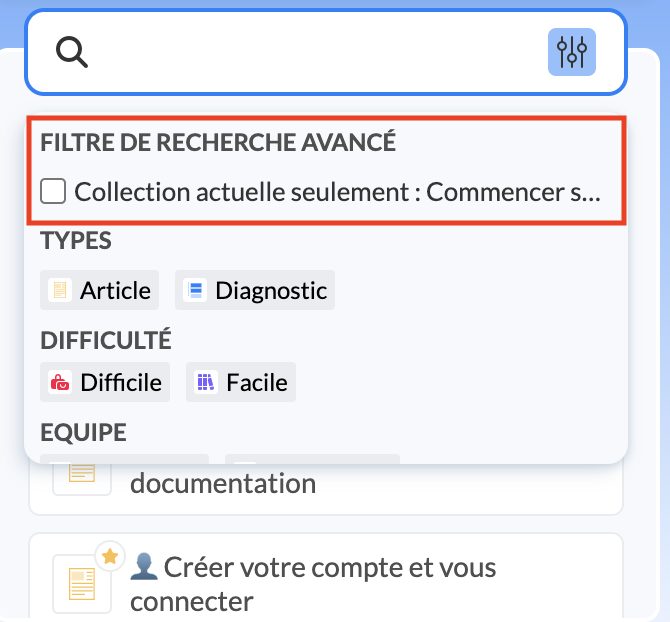
Finally, if you have activated it in your account settings (see: Setup your account ), the most consulted content by the user will appear first. These popular contents are visible by the green rocket that appears to the right of their name.
